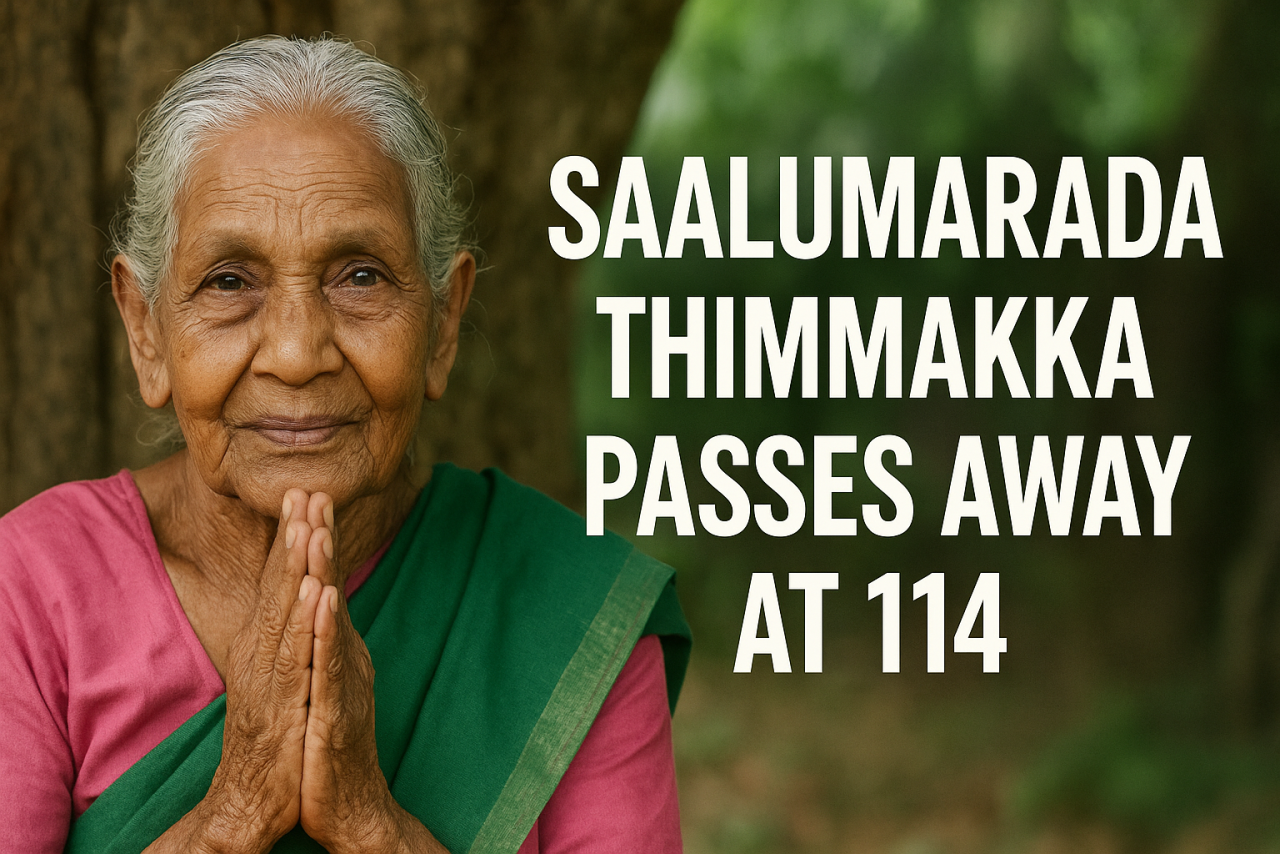
The Government of India is ramping up security arrangements for the upcoming Amarnath Yatra, which is set to commence on July 3 and conclude on August 9. In the aftermath of the April 22 Pahalgam terror attack that killed 26 civilians, the pilgrimage is being conducted under an elevated state of alert. Operation Sindoor, launched in response to the attack, has pushed authorities to adopt a far more extensive and layered security blueprint this year.
Unprecedented Security Deployment
According to officials, the Ministry of Home Affairs (MHA) has approved the deployment of 581 paramilitary companies, a notable increase from last year's 510. This includes personnel from the CRPF, BSF, CISF, SSB, and ITBP. The CRPF alone will contribute 219 companies, the highest among all units. The sanctioned strength of one CRPF company typically ranges from 120 to 130 personnel, depending on the terrain and location.
This figure does not include forces from Jammu and Kashmir Police or the Indian Army, which are expected to have a substantial presence as well. Units from across the country are already en route to the Valley, and personnel will be stationed at multiple entry and transit points in the days ahead.
Multi-Layered Security on the Ground
To further tighten the safety net, the Centre has directed the use of cell phone jammers in convoy escort vehicles. This marks a shift in strategy from previous years, when convoys were grouped together in large numbers and escorted by joint police teams. Now, with horizontal access roads already blocked and secured, individual convoys will have technological backup to guard against remote-triggered threats.
Each convoy of pilgrims will be protected by paramilitary escorts equipped with jammers, and surveillance drones will monitor key points. Bomb disposal units, K9 squads, and satellite phones are being integrated into the operation to maintain communication and coordination in high-risk areas.
Strategic Road Access Control
Horizontal access roads to the Amarnath shrine have been blocked for civilian traffic, a move implemented with the help of local traffic police and volunteers. Entry points on the highway will now be secured by paramilitary teams who will also regulate access according to topography and population densities.
Officials noted that this configuration ensures that any attempt to disrupt the pilgrimage can be identified and neutralized before it escalates.
Pre-Yatra Review and Coordination
A series of security review meetings have been held over the past month to assess the ground situation. These briefings helped finalize deployment plans based on intelligence inputs and logistical feasibility. One senior officer confirmed that the number of personnel stationed at each point will depend on terrain-specific needs and crowd management considerations.
Role of CRPF and Central Agencies
The CRPF will function as the nodal agency coordinating internal security, supported by other central forces. Their expertise in counter-terror operations will be instrumental in managing threats specific to the Kashmir Valley.
The Centre has also promised that all essential civilian workers, including langar (community kitchen) volunteers, shopkeepers, and pony riders, will undergo police verification. This aims to ensure that every participant in the pilgrimage, whether pilgrim or service provider, is registered and monitored.
Focus on Communication and Emergency Response
Satellite phones are being distributed at strategic locations to guarantee that communication lines remain open under all circumstances. Emergency drills have been planned to test the responsiveness of the system, with mock rescue operations expected in key zones along the pilgrimage route.
Insightful Take
With 38 days of pilgrimage scheduled this year, the 2025 Amarnath Yatra will operate under one of the most elaborate security covers in its history. The Centre’s heightened vigilance reflects the lessons learned from recent events and represents a proactive approach to ensuring the safety of thousands of devotees. Officials remain confident that with these protocols in place, the pilgrimage can proceed without interruption while maintaining the sanctity and spirit of the journey.





















